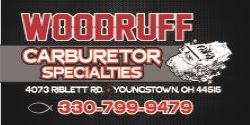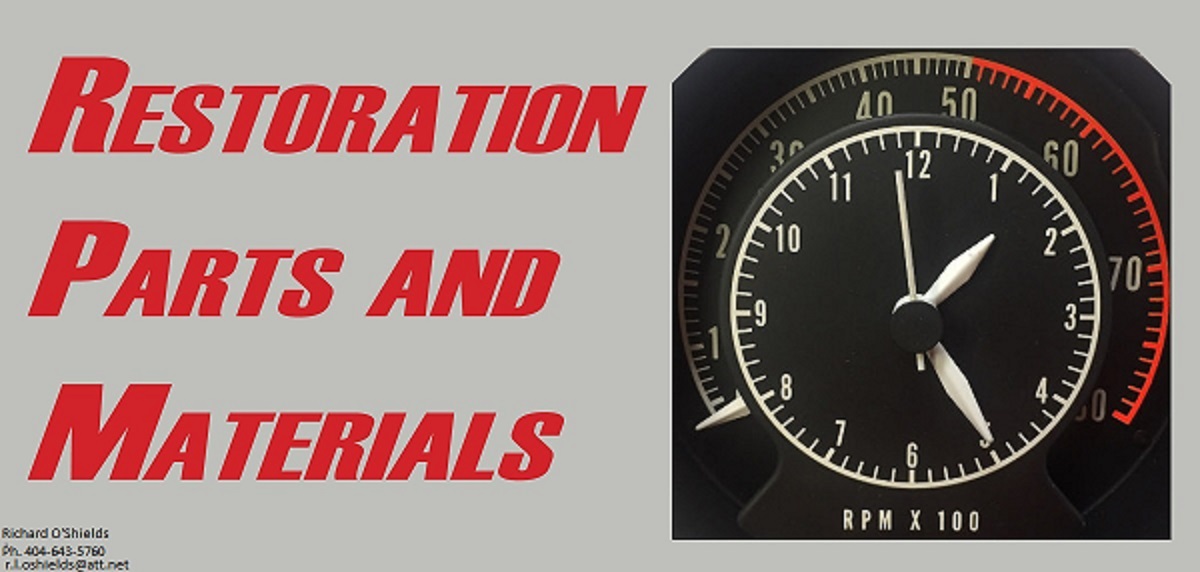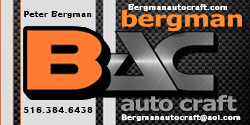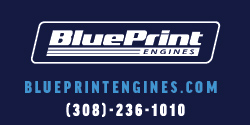I'm a dedicated holley user, but I do like Carter AVS for stock applications.
My 84 dodge truck has a tq with the 360.
To say it does not run well would be an understatement. As in, no power. Idles, runs smooth, but thats it.
After seeing
@Vaanth (s) threads I was going to go through a spare carb, and get to the bottom of the mystery.
For starters, I need to pick a carb.
My available cores are;
9077s (3) lean burn
6322s. 440
9218s. 360 truck
9104s. 360 (78 fed)
9207s 360
9055s. 400
Some have the hot idle(altitude?)compensator, which really throw me. I've put vacuum on them full time to make them run.
My current carb is so lean, it has had the jets drilled, just to make it run.
So, throw me to the wolves, pick a carb and I'll tear it apart.
Regarding your list of Thermo-Quads as rebuild candidates, following is a listing of preference from most to least. The listing is based on the different models' attributes, but order could be affected by condition, and it sounds like some of yours might need to change order positions. Also, listing positions 3-6 could vary a little. Among listing positions 2-6, there is more parts interchange.
1. 6322S - This is the least complex, and most tuning friendly.
2. 9055S - This is a relatively basic later Thermo-Quad with Idle Enrichment (IE) and smaller primary bores. IE can be left disconnected for normal operation. If used with a thermal sensing vacuum switch, it can help with cold temperature driveability.
3. 9207S - As a heavy duty cycle Thermo-Quad, with small primaries, this should be a relatively simple, later style, carburetor with which to work.
4. 9104S - This one is from an E58 360 with Electronic Spark Advance. 1978 was the first year for the electric bowl vent which this has.
5. 9077S - This is an Electronic Lean Burn carburetor with large primaries for a 400 high performance engine. It's a decent carburetor with which to work, but has no ported vacuum advance port. The port can be added. It also has no curb idle screw, but it can also be added or use the screw at the ground contact.
6. 9218S - This is another heavy duty cycle truck Thermo-Quad for California use. Less flexible tuning than others.
NOTE: 1977 and later carburetors have less idle mixture adjustment control due to different mixture screws and possible idle mixture restrictors.
NOTE: 1975 and later - Idle By-Pass Assist: Starting in 1975, several Thermo-Quads have an idle bypass circuit. This circuit allows extra air to be channeled from the choke plate area of the air horn to the throttle body. The extra air allows the throttle plates to be closed a little more while maintaining a certain idle speed and prevents nozzle drip. The bypass is similar to and replaces the swept idle air function in other models. The function is also similar to the adding of air holes in throttle plates, but differs because the air is added above the venturi area with the bypass. Although the function can be advantageous, it can also hamper mixture tuning in some cases. The bypass can be identified by extra holes inside the front part of the choke plate area. Additional tuning can be achieved by blocking these holes to reduce a lean idle condition.
- Adding Vacuum Advance Port to ELB and ESA Thermo-Quads: Many Lean Burn carburetors lack a vacuum advance port because advance was controlled by the ELB computer. The port can be added to provide a vacuum advance signal for a conventional non-ELB/ESA distributor system. The vacuum advance port is somewhat tricky and is best performed by comparison to an earlier throttle base that has the factory port to ensure proper placement of the transfer slot. Misplacing the vacuum idle transfer slot can cause an off-idle stumble and will necessitate additional tuning or replacement. To add the port, do the following:
1. Using a 5/32" drill bit, drill the throttle base where the vacuum port existed
on previous units. Drill into the open, roughly square, opening between the
outside and the throttle bore. This will accommodate the vacuum fitting.
2. Using a ~1/16" drill bit, drill two holes just above the throttle plate into the
same square opening from the throttle bore side, one hole adjacent to the other
and both parallel to the throttle plate.
3. Using a knife or small screwdriver, blend the holes together into a slot. This
slot serves as the off-idle transfer slot to feed the vacuum port.
4. Deburr and clean the drilled areas.
5. Press a short length of 5/32" pipe or an old fitting into the outside hole.
After adding the port, ported vacuum is available for distributor vacuum advance.
- Idle Screw Adjustment on ELB and ESA Thermo-Quads: Lean Burn carburetor idle speed is controlled with the curb idle adjustment screw that contacts the "throttle closed switch contact". This contact signals the Spark Control Computer that the engine is at idle, or not. The contact is mounted on a bracket on the passenger side of the carburetor. There is also a transducer, but it is to sense throttle position and opening rate. Some had the conventional idle screw based on application. There are two approaches to the idle adjustment:
1) Retain the "throttle closed switch contact" bracket (on the passenger side) and adjust the idle there. This was the factory curb idle adjustment.
2) Drill and tap the boss for the conventional idle screw. Drill the boss
perpendicular and near the center, but align the hole with the throttle bracket
extension. The factory screw size is 10-32. This approach yields an idle adjustment screw like earlier Thermo-Quads.
The Idle ByPass Assist mentioned in the foregoing could be affecting your current Thermo-Quad lean idle. Blocking the assist ports might help with tuning for idle and off idle. If a higher speed lean condition exists, there are several possibilities, but if jetting didn't help, and it's a cruise issue, check the step up piston and linkage, aka "metering rod tree".
FYI: - Altitude Compensator or Alcomp (Alc): This device alters the high speed metering circuit by sensing atmospheric pressure. It mounts to the same area as the IE system at the front of the bowl cover. This system is also a driveability enhancement, which also reduces emissions, by allowing the Thermo-Quad to compensate for elevation. It could be disabled by blocking the air passage ports (or the front vent pipe) to allow a normal full rich condition for the high speed circuit.
Some of the paragraph sections here are excepted from my Thermo-Quad guide, which it seems that you are aware of it, but here's the site link for the guide versions and other reference material:
Vaanth Thermo-Quad Guide Site
There is also this:
Some Tips For Rebuilding a Thermo-Quad Carburetor.



















